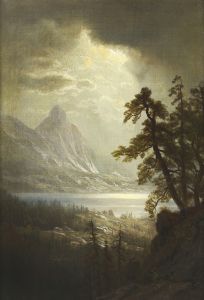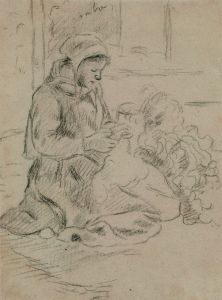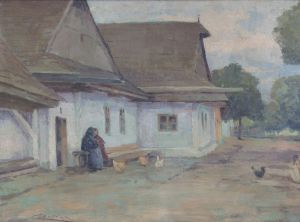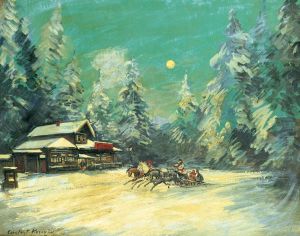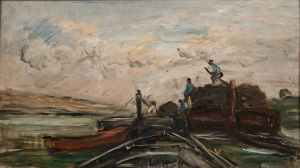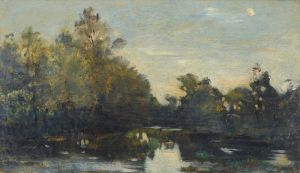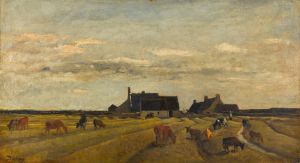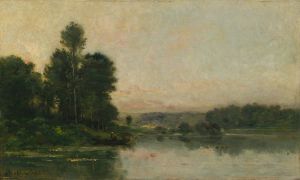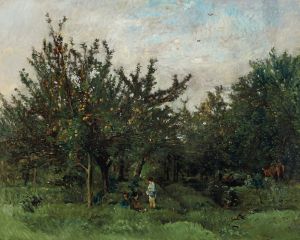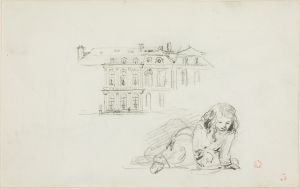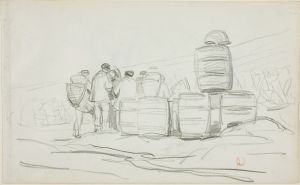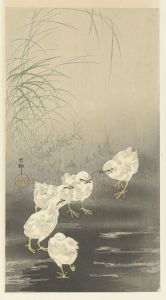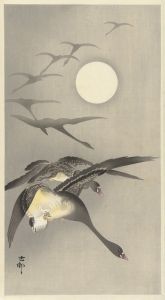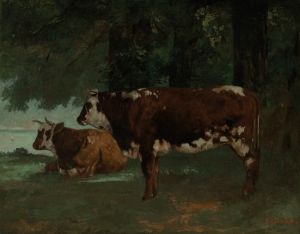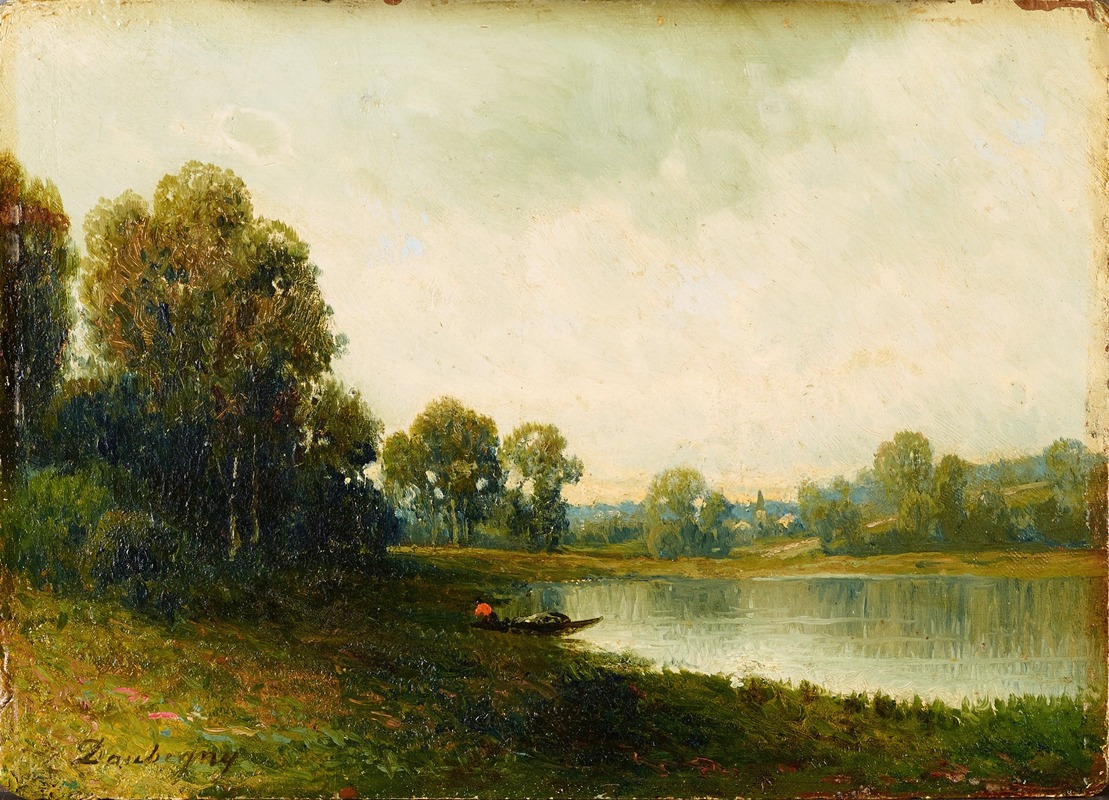
Landscape
A hand-painted replica of Charles François Daubigny’s masterpiece Landscape, meticulously crafted by professional artists to capture the true essence of the original. Each piece is created with museum-quality canvas and rare mineral pigments, carefully painted by experienced artists with delicate brushstrokes and rich, layered colors to perfectly recreate the texture of the original artwork. Unlike machine-printed reproductions, this hand-painted version brings the painting to life, infused with the artist’s emotions and skill in every stroke. Whether for personal collection or home decoration, it instantly elevates the artistic atmosphere of any space.
Charles François Daubigny was a prominent French painter of the 19th century, associated with the Barbizon School and a precursor to the Impressionist movement. His work, "Landscape," exemplifies his innovative approach to capturing the natural world, which significantly influenced the trajectory of landscape painting in France.
Daubigny was born in Paris in 1817 and was initially trained by his father, Edmé-François Daubigny, who was also a painter. He further honed his skills under the tutelage of artists such as Paul Delaroche. Daubigny began his career painting decorative panels and eventually moved on to landscapes, which became his primary focus. His early work was influenced by the classical landscape tradition, but he gradually developed a more naturalistic style.
"Landscape" by Charles François Daubigny is a testament to his mature style, characterized by a loose brushwork technique and a keen observation of light and atmosphere. Daubigny often painted en plein air, or outdoors, which allowed him to capture the transient effects of light and weather with immediacy and authenticity. This approach was somewhat revolutionary at the time and laid the groundwork for the Impressionists, who would follow in his footsteps.
Daubigny's landscapes frequently depict the serene and pastoral scenes of the French countryside, particularly the regions along the River Oise and the Forest of Fontainebleau. His compositions often feature expansive skies, reflective waters, and lush vegetation, rendered with a harmonious palette and a sense of tranquility. These elements are likely present in "Landscape," showcasing his ability to convey the beauty and calmness of nature.
In addition to his technical skills, Daubigny was known for his innovative use of a studio boat, which he called "Le Botin." This floating studio allowed him to explore and paint the riverbanks from unique vantage points, further enhancing the authenticity and variety of his landscapes. This method of working directly from nature was a significant departure from the more studio-bound practices of many of his contemporaries.
Daubigny's influence extended beyond his own work. He was a mentor to several younger artists, including Camille Pissarro and Claude Monet, who would become leading figures in the Impressionist movement. His emphasis on capturing natural light and his preference for painting outdoors were key elements that these artists adopted and expanded upon in their own work.
Throughout his career, Daubigny received numerous accolades and exhibited regularly at the Paris Salon. His contributions to the art world were recognized with the Legion of Honor in 1859. Today, his works are held in major museums around the world, including the Louvre in Paris and the National Gallery in London.
"Landscape" by Charles François Daubigny remains an important piece within his oeuvre, reflecting his dedication to portraying the natural world with sincerity and innovation. His legacy as a pioneer of modern landscape painting endures, influencing generations of artists who continue to explore the beauty and complexity of nature through art.





